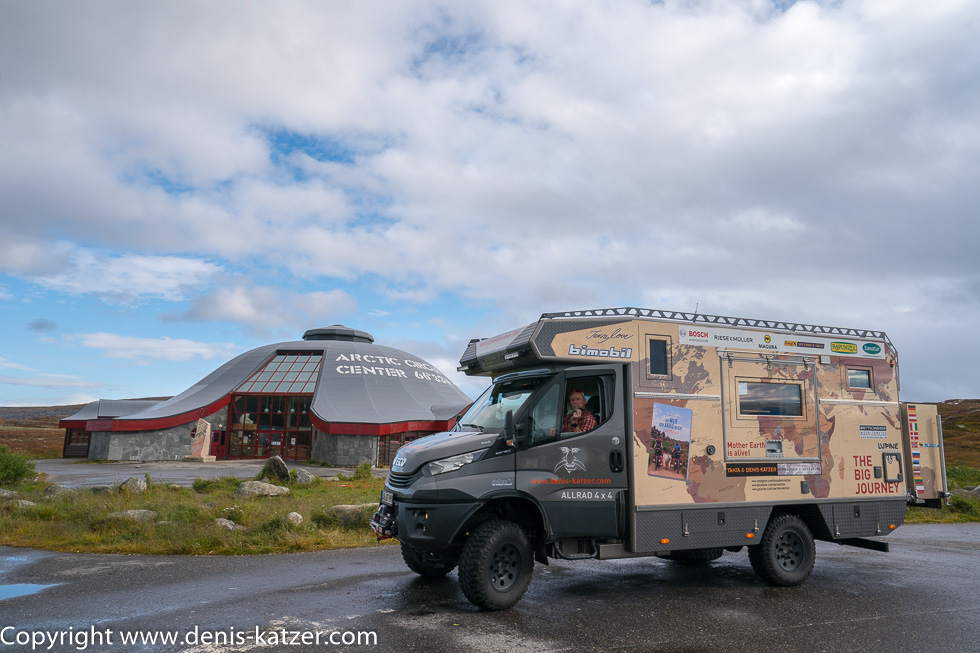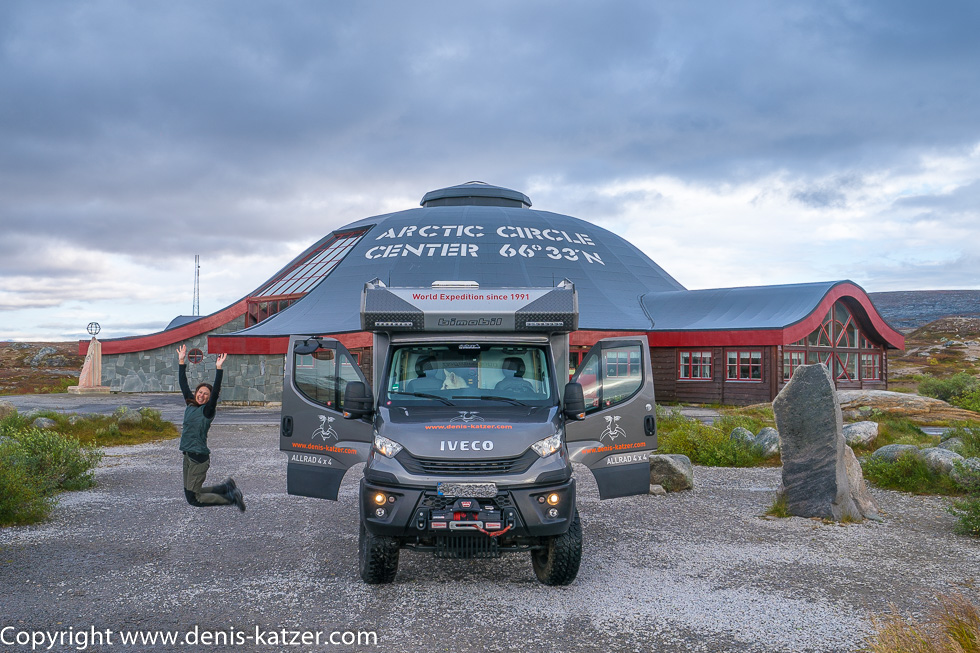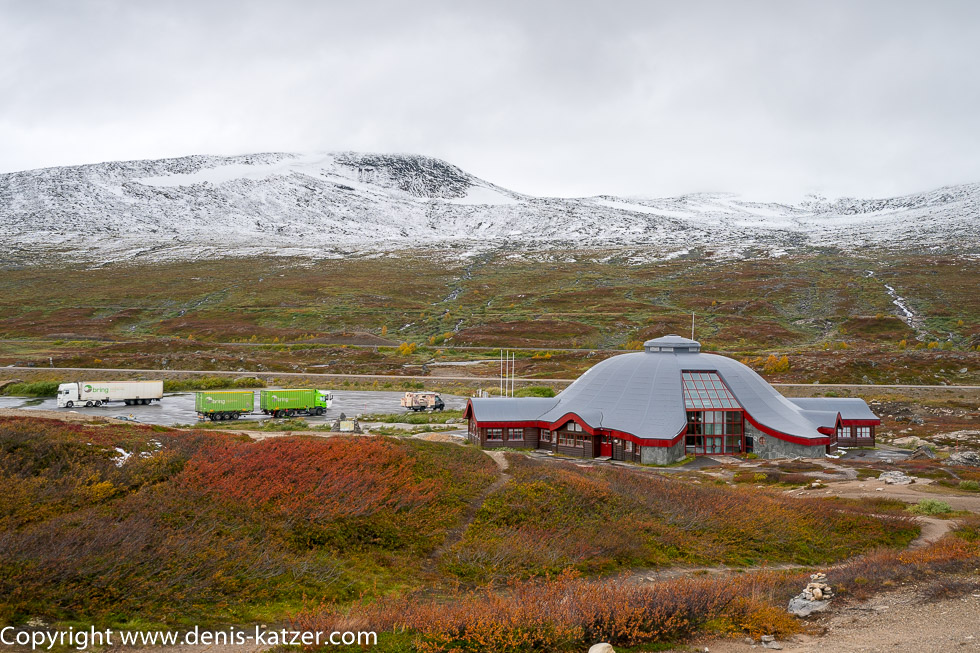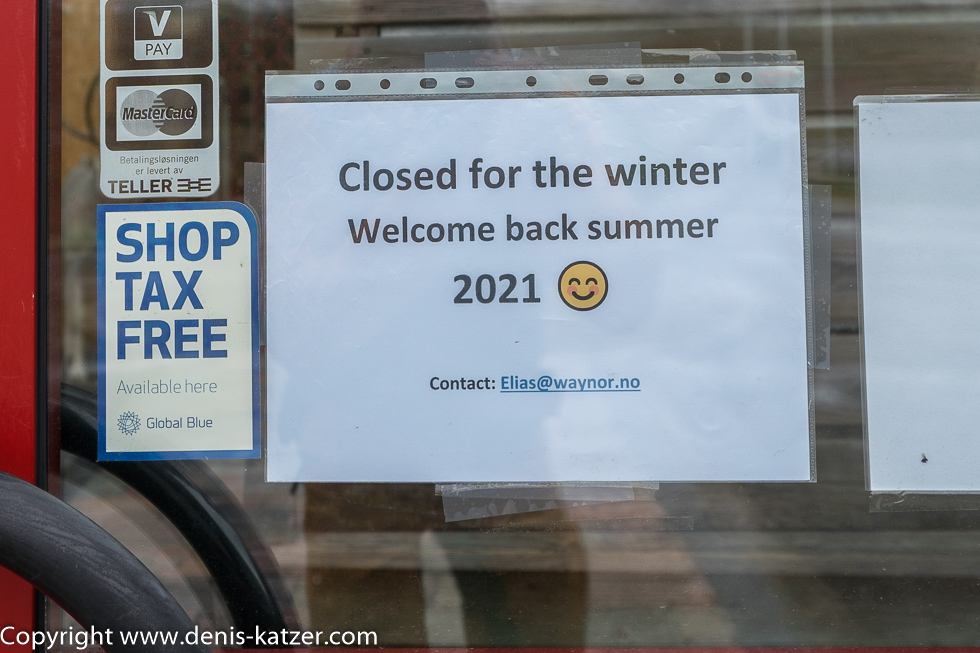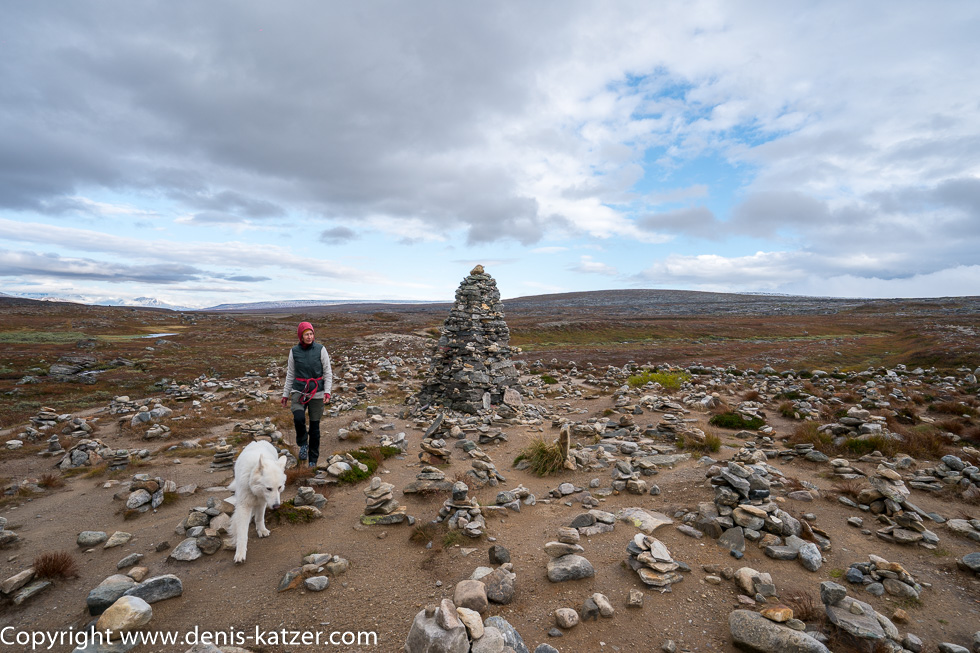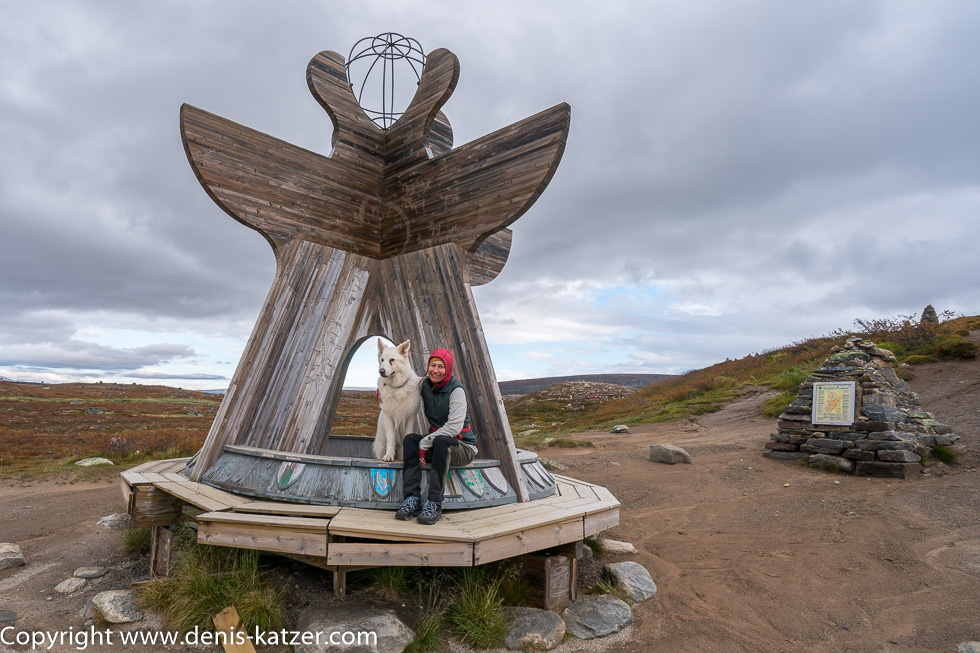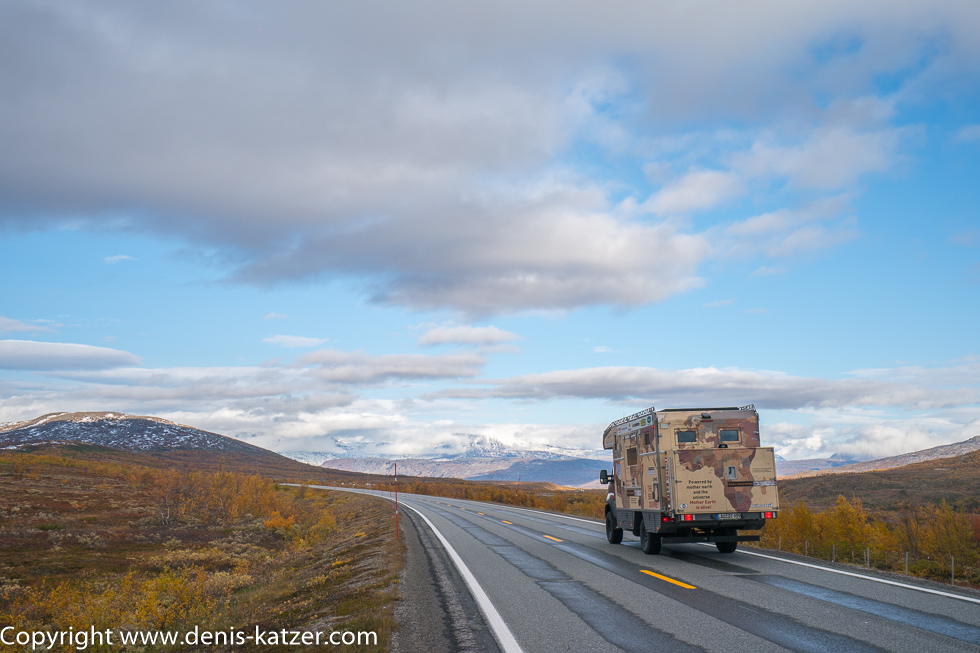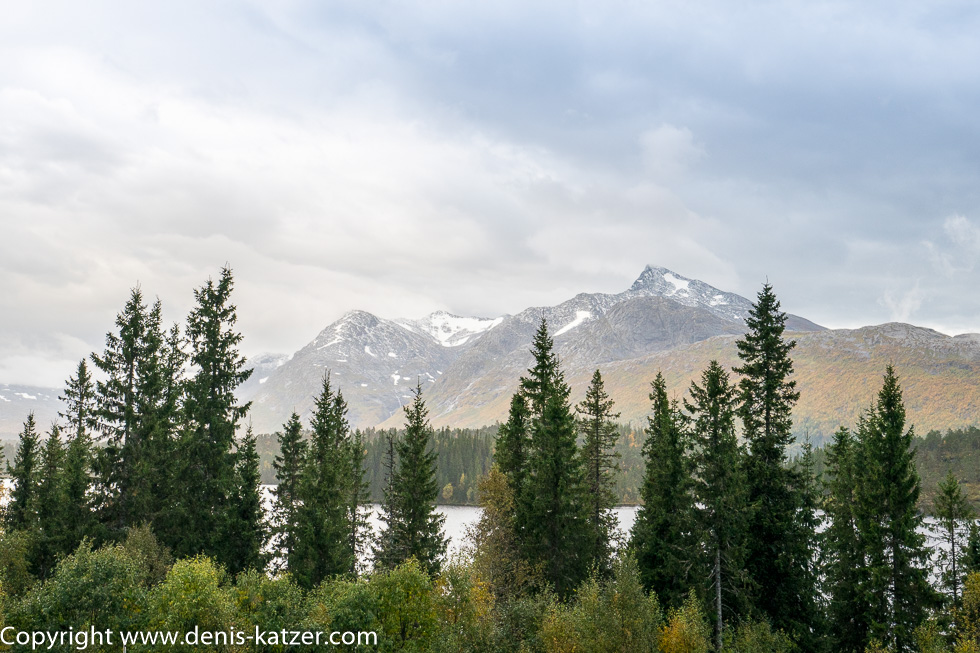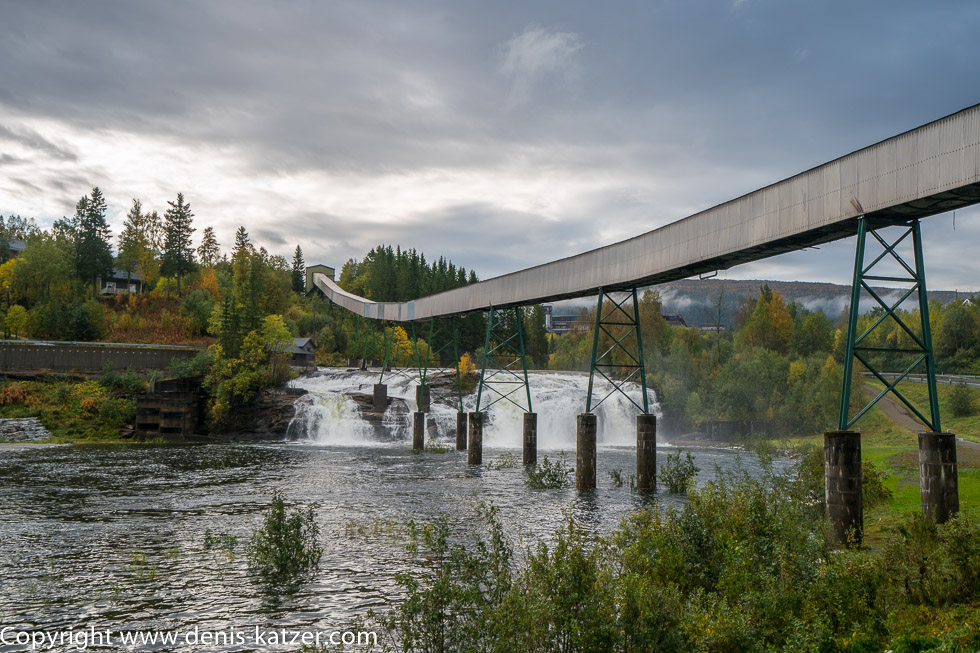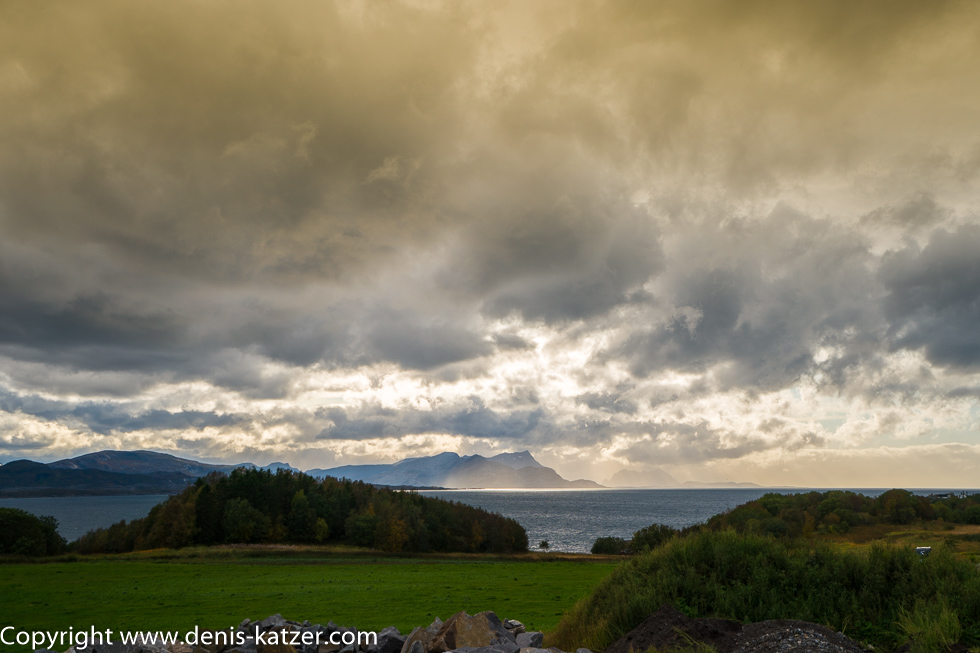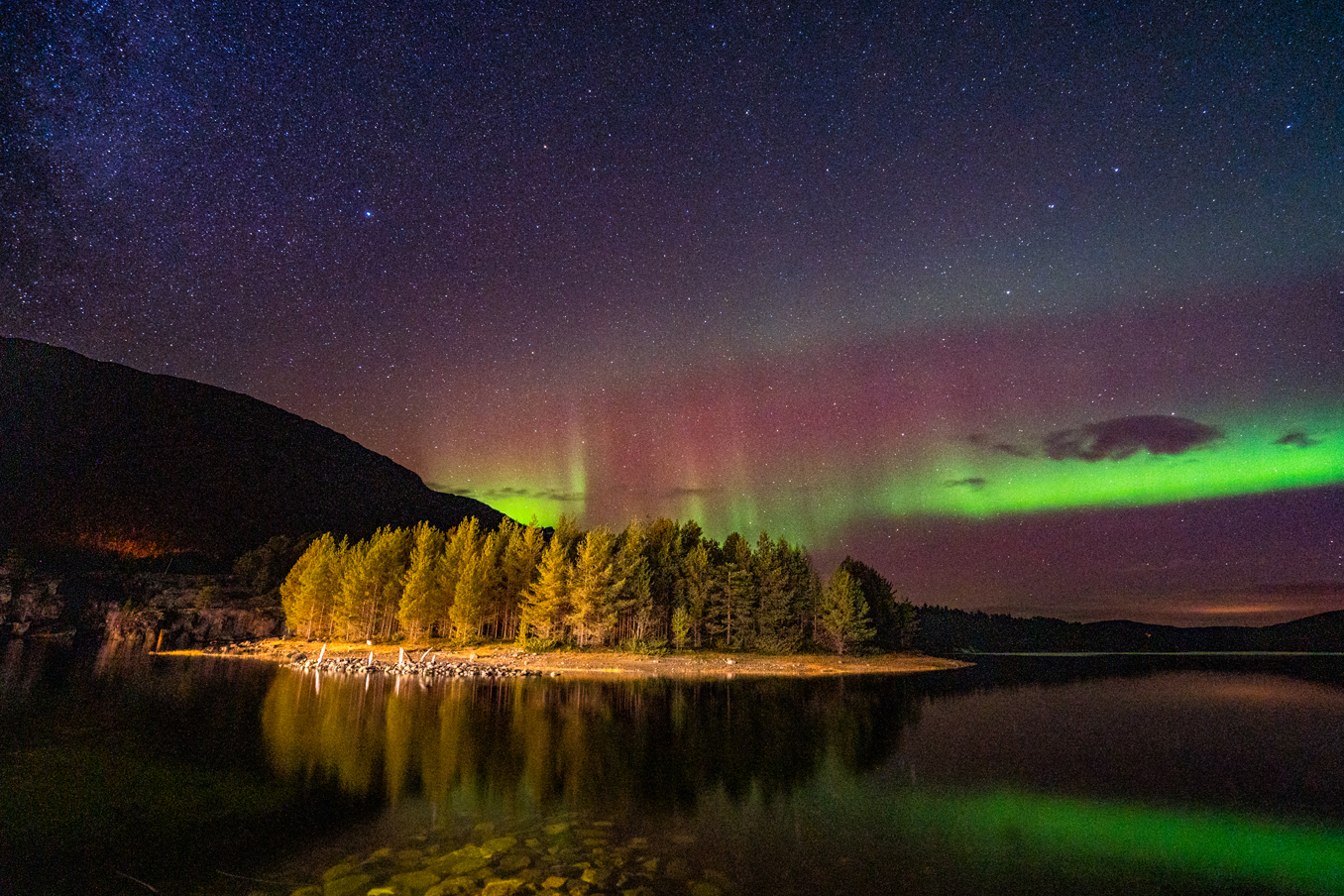
Reaching the Arctic Circle
N 67°18'50.4'' E 014°26'59.8''
Country:
Norway
Location:
City of Bodø
Daily kilometers:
306 km
Total kilometers:
4991 km
Soil condition:
Asphalt
Ferry
0
Bridge crossings:
0
Tunnel passages:
15
Sunrise:
06:40 a.m.
Sunset:
7:09 pm
Temperature day max:
15°
Night temperature min:
6°
Gusts of wind
Up to 100 km/h
Departure:
09:00
Arrival time:
17:00
(Photos of the diary entry can be found at the end of the text).
Click here for the podcasts!
Link to the current itinerary
(For more posts click on one of the flags in the map)
“Uuuaahhh,” I yawn dog-tired, as if I had spent the night fighting demons with my imaginary sword as a Norwegian Viking. “Did you sleep well?” asks Tanja. “Nope, had a few nightmares.” “Because of the Blood Road?” “I don’t know.” “Do you want to take the road today or go further north?” “Further,” I reply. While Tanja takes Ajaci for a walk through the rainy morning, I do my sport, as I do almost every day. 200 push-ups, 200 squats, 100 sit-ups, 200 obliques, a few hundred repetitions for the lower back and stretches for the front and back thighs, hips and calves. A balanced program that keeps me fit with all the driving.
As originally planned, we follow the E6 further north. The landscape changes again. The golden-colored trees become fewer, disappear completely and are replaced by tundra vegetation with dwarf shrubs, mosses and lichens. The cold-resistant plant carpet also shines here in its red-yellow autumnal splendor and stretches across the fjell (field). Snow lies on the mountains to the left and right. The higher we get, the lower the vegetation becomes. At an altitude of around 680 meters, the futuristic, saucer-like Arctic Circle Centre appears in front of us, with a cafeteria, souvenir store, post office and modern cinema. It was erected in 1990 to draw attention to the fact that visitors are right here in the Arctic Circle. “66°33′ N, a magical latitude,” I say, delighted to have come a lot closer to the far north. “I heard about the Arctic Circle at school, but I would be very grateful if you could tell me more about it,” says Tanja. “Phew, if you don’t live in this region, you’re not familiar with the Arctic Circle. I did hear about it once at school, but unfortunately what little knowledge I had vanished into thin air decades ago.” “But surely you’re going to write about it, so I assume you’ve done some research in the last few days?” “Of course I have. It’s kind of crazy. We’re traveling through this wonderful country and because we have enough time, we can afford to study it at the same time.” “A study trip, so to speak,” laughs Tanja heartily. “An adventurous study trip,” I say with a laugh. “So let it out.” “Okay, so there’s the Arctic Circle, which includes the Arctic, in the center of which is the Arctic Ocean and where we are now. Then there’s the Southern Arctic Circle, which includes Antarctica. That’s on the other side of the globe.” “You mean if we were to drill vertically into the earth at this point and come out on the other side, we would be in the Antarctic Circle?” “That’s about right.” “Got it and let’s go.” “If you imagine the earth as the head of a monk who has cut a tonsure, the lower edge of the tonsure, where the bald head begins, would be the Arctic Circle. Everything above the edge is north of it, so to speak.” “And if he had no neck and his head was completely hairy, there would also be a tonsure at the bottom and that would be the southern Arctic Circle?” “Perfect.” “Well explained. That means that down there is Antarctica and up here in the north is the Arctic.” “Exactly. But for a better understanding, I’d like to say that the Earth is divided into 180 degrees of latitude and 360 degrees of longitude. The poles are at the 90th parallel. The polar circles begin at 66 degrees latitude. If we now travel further north, we move away from the Arctic Circle and find ourselves north of the Arctic Circle. From here to the North Pole, which has a fixed position and is at the latitude of 90°0′, is 2602 kilometers.” “That would mean that we would have to travel 24 degrees of latitude to the North Pole?” “Yes.” “You’ve explained that really clearly and understandably. Thank you very much.” “Gladly, it helps me to explain it too, because it improves my understanding of our Mother Earth. Finally, I would like to add that the sun no longer rises or sets at the polar circles in the northern and southern latitudes on the days of the solstice and that the ancient Greeks already knew about the polar circles in the fourth century.”
Although we were here 14 months ago, I put the blinker on, leave the road and park the Terra in the now completely empty parking lot. “They must have good internet,” says Tanja happily, “because we have to send some data. “Well, I hope they’re not closed,” I reply skeptically, as there’s not a soul to be seen for miles around. Closed for the winter. Welcome back summer 2021 is written on a white piece of paper stuck behind the glass entrance door of the igloo-like building. “It’s unbelievable that everything is packed here in summer and now, at the end of September, they’re already talking about winter and the place is deserted,” I say disappointedly. “Too bad, but what the hell. Let’s explore the area a bit like last year,” says Tanja, and we set off on a hike to the plateau of the impressive Saltfjellet-Svartisen National Park. Just like last year, we are amazed at the countless cairns that have been erected here by visitors and have led to the park administration banning the erection of such piles of stones. “Why do people pile up the stones here?” asks Tanja. “No idea. I think the tourists do it for fun. According to tradition, however, the locals built a cairn to remain undisturbed by trolls. However, many of the cairns were intended to show lonely hikers the way. Even today, hikers are still encouraged to replace damaged cairns with new stones. In this way, the important signpost is preserved,” I explain. A rough wind blows across the high plateau and makes us shiver. “Let’s go back. It’s at least another 150 kilometers to the town of Bodo,” I say, which is why we turn back…
